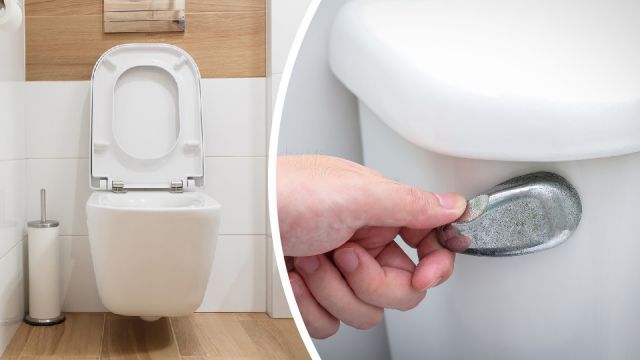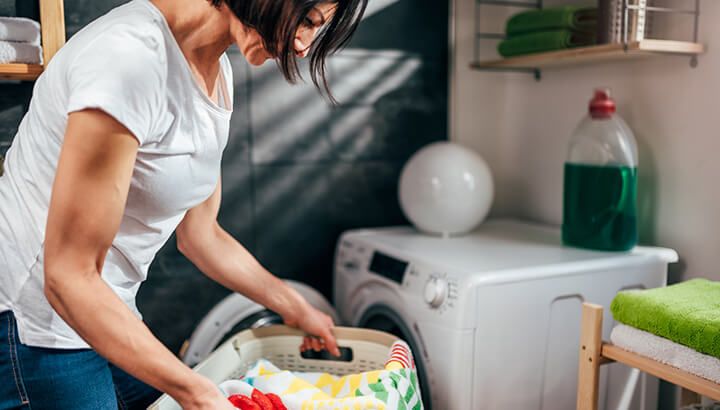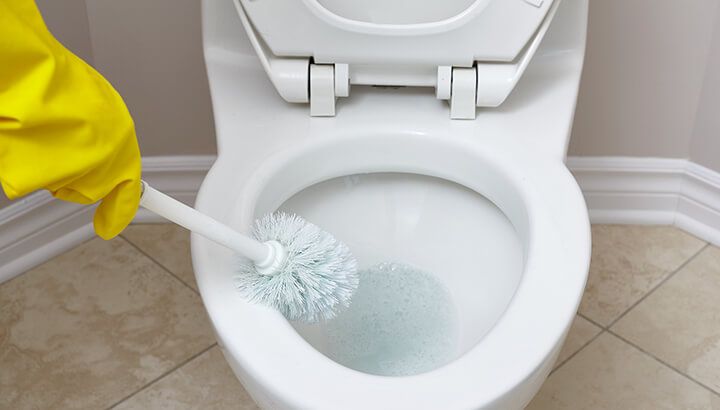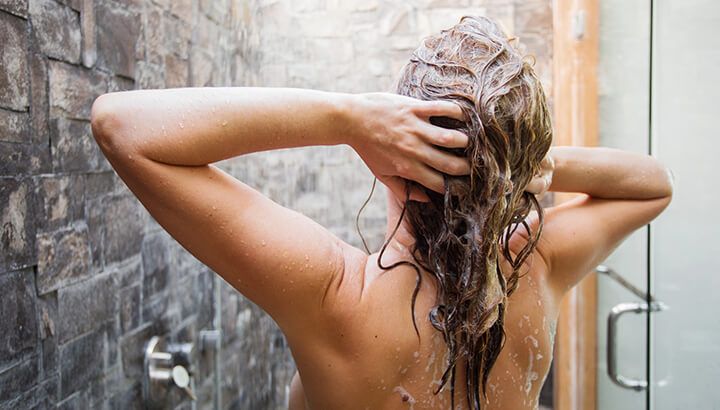
We have a saying in my home, “If it’s brown, flush it down. If it’s yellow, let it mellow.” Water shortages where I live in Mexico mean that we only get around 300 liters (80 gallons) of water per week for the household — less than what is consumed in the U.S. per person per day (the average American family uses over 300 gallons of water per day at home).
That has forced us to wash our clothes by hand — which is much easier than people often assume, limit full showers to a few times a week, and limit toilet flushing to a few times a day.
How much water are Americans using?

Most people would be surprised to know that it is actually the toilet flushing that has had the biggest impact. A typical toilet uses 3.5 to 7 gallons of water per flush, though high-efficiency toilets do consume less. All up, toilet flushing amounts to a quarter of total household water usage, with the next biggest water waster being clothing washers at 22 percent and showers or baths at 16 percent. For a toilet that consumes seven gallons a flush, expect to use 12,775 gallons of water per person per year, on flushing alone.
Why save water?

Only one percent of the world’s water is fresh water and drinkable, meaning water is a scarce, precious and vital resource. In the United States, eight states have experienced “severe to exceptional drought conditions” which severely affected farmers and the economy. Miami, Los Angeles, Atlanta, El Paso, San Antonio, Houston and San Francisco are already on the path to running out of water entirely, with the Rio Grande drying up, and aquifers like Edwards Aquifer not managing to keep up with growing populations. In California, the Colorado River is depleted.
Are there any risks with letting pee sit in the toilet?

The short answer here is no. Sure, it’s not pretty, but most of us don’t hang out in our bathroom too much anyway. Keep the seat down, close the door and you’ll be fine — though you can expect a bit of extra scrubbing when you get around to the cleaning (you should be cleaning your toilet once a week, flushing or not).
Unless you breathe in deeply, the smell of sitting urine is barely noticeable: healthy urine is 95 percent water anyway and has very little odor.
Germs wise, ironically, the act of flushing is more dangerous (though still not very much) than not flushing. There’s a significant distance between yourself and the toilet contents that are sitting there, but a flush can send germs airborne.
What about guests?
The main barrier to making this change, frankly, is cultural norms and taboos about what is “gross.” It can be slightly awkward to explain to guests what’s going down, but make the most of it and use it as a chance to talk about the importance of water conservation.
Other ways to save water

While it is important that public policy address industrial and agricultural use of water, there are also a range of things people can do to conserve water at home, aside from minimal flushing. These include:
- Use a timer with your sprinkler
- Take shorter showers every other day (it’s not good for your skin to shower daily)
- Don’t leave taps running
- Only do full laundry loads, or just soak clothes in a bucket and rinse (seriously, there’s little a washing machine adds to the process, beyond copious amounts of water)
- Don’t wash cars, driveways or pets with a hose (for those of us already suffering the effects of water shortages, this seems extremely indulgent and wasteful; use a bucket and rag or a broom instead)
- You don’t need your own pool
- Even better than toning down the number of toilet flushes is flushing with used water, like the water left over from when you soaked your clothes. When you think about it, it’s pretty insane to waste fresh drinkable water on a toilet flush.
What other tricks do you use to save water? Let us know in the comments!
— Tamara Pearson

